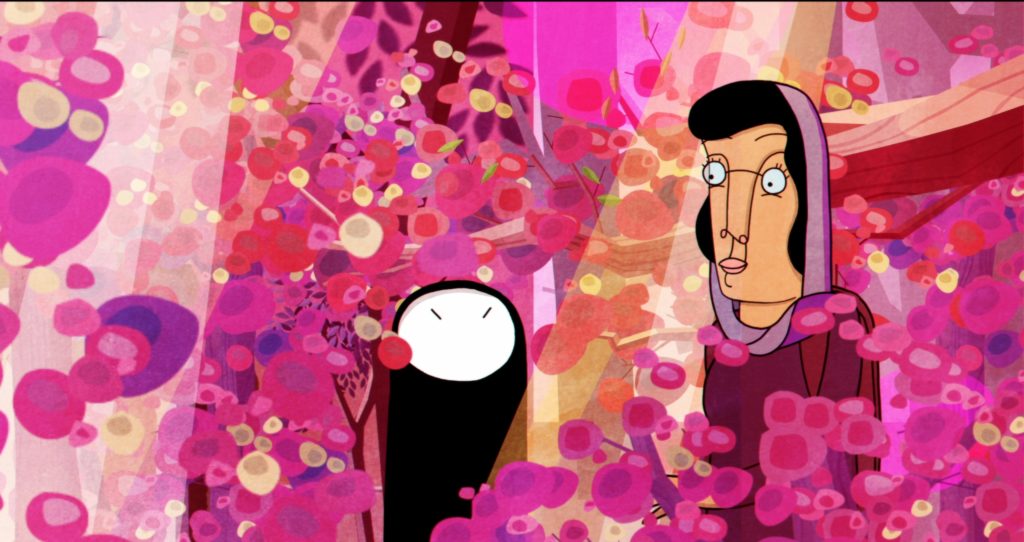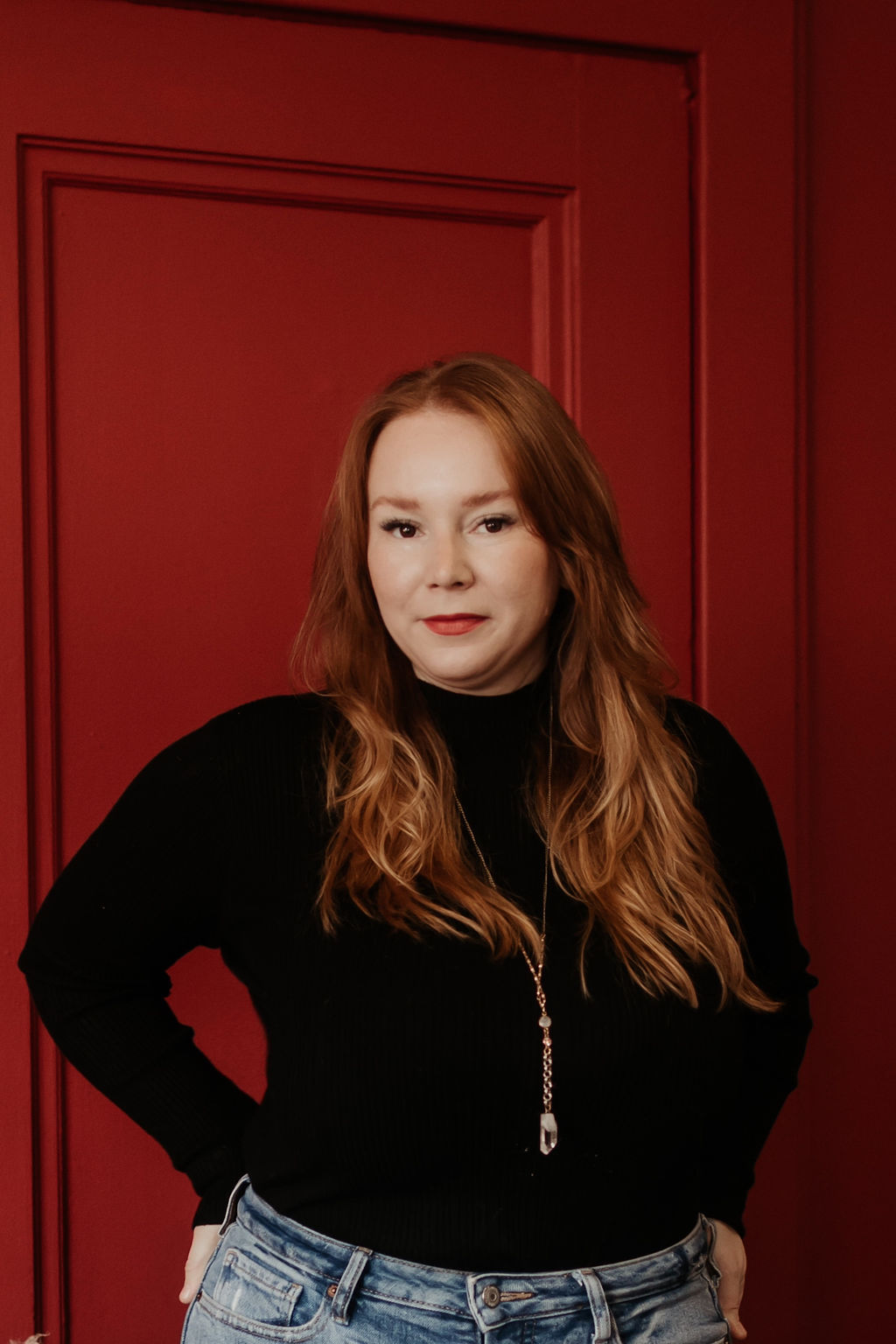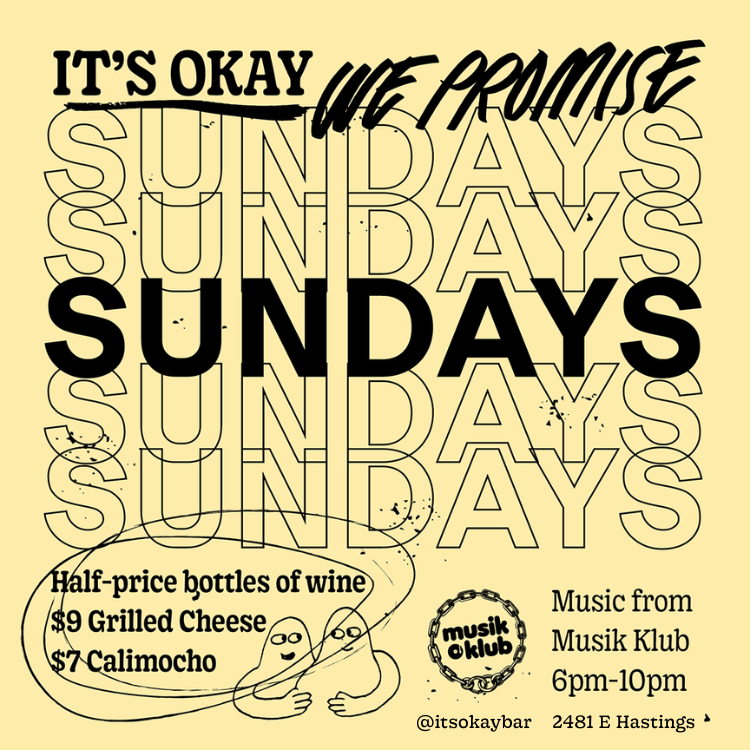It may have taken a long time to put women in focus, but at the 2016 Vancouver International Women in Film Festival, Sharon McGowan (The Lotus Eaters, Society’s Child) officially called on film organizations to start reaching for industry-wide gender parity.
McGowan — as well as being local filmmaker, educator and activist — is a founding member of Women in Film and Television Vancouver, the organization behind this week’s 14th annual Vancouver International Women in Film Festival (VIWIFF).
By 2016, McGowan had spearheaded an in-depth analysis, in tandem with Women In View, of the BC film industry, and the results inspired her to work on changing the industry.
“I did a whole tally of the numbers at Telefilm, at the NFB and Creative BC, and it was shocking to me how appalling the situation was,” she tells Loose Lips.
Women in View reported that, in 2012, women directed 22 per cent, and wrote 20 per cent of publicly-funded films in Canada. Fewer than 2 per cent of the women in the Women In View report identified themselves as a visible minority.
In the TV industry, the report’s examination from 21 Canadian television series produced between 2010 and 2011 found that only 16 per cent of the directors were women, while 84 per cent of directors were men. Half (11 of 21) of the series’ studied failed to employ a single woman director.
Additionally, the women who were employed were given far fewer episodes to direct than male directors – a key factor in creating career opportunities, professional credibility and income stability.
“I think that we’re in a unique position in Canada in that the majority of our media is publicly funded, so it’s appalling to me that this has continued for so long. Our broadcast act has said that all the programming that’s produced is supposed to equally benefit men, women, and children [and yet] there were hardly any women producing film. There were tons of women working as PAs and all kind of positions at junior levels.”
The research revealed there were systemic barriers causing serious problems for gender parity. It was also telling that, on the whole, women were more educated and more highly trained than the men in the industry, but they didn’t have access to the same positions.
“From that point on, I said, ‘I don’t want work on education, I want to work on systemic change.’ I wanted to start lobbying and being much more active about looking at the barriers in place that are in front of women. It was my mission and I just kept hammering away at it and dragging various people in.”
One of the people she inspired was the National Film Board’s Shirley Vercruysse, an executive producer for the NFB’s BC and Yukon Studios.
“I was here for the early conversations,” Vercruysse, who has worked on female-led films such as Window Horses and The Road Forward, says.

“[McGowan] said, ‘You guys have to do something here. This is the film board.’ She was very push-push-push. That got [the NFB] to think about a way to do something, and how we could formalize it. We were already doing a lot of work with female key creatives in our projects and that’s where our budgets were going, so it wasn’t a massive stretch, but at the same time, why hadn’t we stood up and declared, ‘Okay, now we’re going to do this.’”
During the St. Johns Summit on Women in Media, Women In View gave seven recommendations to increase equity, making a tangible change for gender parity in Canadian film.
To be held accountable, organizations were encouraged to track, monitor and report on their progress. And that accountability has achieved results.
With an aim to reach total gender parity by 2020, The National Film Board is well on its way, having earned the Gold Parity Certification from Women in Governance at its Annual Recognition Gala in October 2018.
By March 2018 at the NFB, 42 per cent of productions were directed by women; 46 per cent of production spending was allocated to works directed by women; and 60 per cent of the awards received have been for works directed by women filmmakers or creators.
So what’s behind the initiative’s great success over just three years?
“It’s about being disciplined, tracking, and knowing that each individual decision we make matters and can lead to other things. It’s our job to question the status quo,” says Rob McLaughlin, executive producer in the NFB’s Vancouver digital studio.
“We are the national public producer of audio-visual content. We create things to help Canadians understand ourselves, for the world to understand us,” he elucidates. “The way we move the dollar heightens our contribution to this. We are making decisions every day, and those decisions are advancing a goal that everyone believes is valuable, which is parity. That’s the commitment.”
Newer film organizations are similarly inspired to create opportunities for women in film.
Take, for example, TELUS STORYHIVE, a community-based funding program for BC and Alberta filmmakers. Since 2013, the program has opened its portal to emerging filmmakers, who can sign up for the creator directory, upload project pitches, and apply to receive film grants.
Megan Lau, manager of communications, engagement and equity at STORYHIVE, maintains that gender parity is built-in to the program.
“We’re committed to ensuring that at least half of the projects STORYHIVE funds are led by women,” she reveals, noting that this became a requirement after the program’s inaugural Female Director – Digital Shorts Edition.
To get approved for funding, each production must have at least one female or non-binary key creative, meaning a writer, director, producer, editor, cinematographer, head animator, or more.
“We have regional representation, we have gender parity, and we’re looking for different kinds of stories. I think your life experience colours and influences the types of stories that you tell. If we look for different styles and different perspectives, we will naturally find different types of creators,” she says.
“We’re looking for a diversity of stories. We’re looking for stories that represent, for example, the Vietnamese community or female punk musicians. The people who will want to tell those types of stories are probably not going to be straight, white, cis men.”
Coming up to 2020, it’s clear that gender parity and inclusion are part of film’s general zeitgeist. McGowan’s call to action was “a practical way to do something, be on track, and be a leader.”
“At this point, it’s about stories on screen catching up with reality,” says Vercruysse.
“I really credit Sharon for being the person who was heard loud and clear and took it to heart, and came back with that initial announcement back in 2016.”
With the 14th annual Vancouver International Women in Film Festival kicking off today (Tuesday, March 5), there’s no better time for women to be put in the spotlight. Check out VIWIFF’s full 5-day schedule here.
Feature photo from The Road Forward, an NFB film directed by Métis filmmaker Marie Clements




